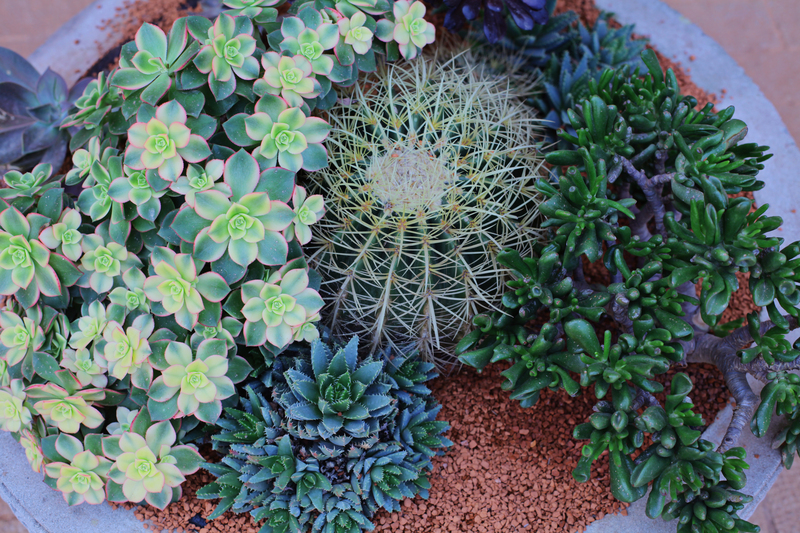 Garden Transformations for Gatherings
Garden Transformations for Gatherings Your garden can be a magical place for social get-togethers, providing a serene and natural backdrop for memorable events.
 Garden Transformations for Gatherings
Garden Transformations for Gatherings Your garden can be a magical place for social get-togethers, providing a serene and natural backdrop for memorable events.
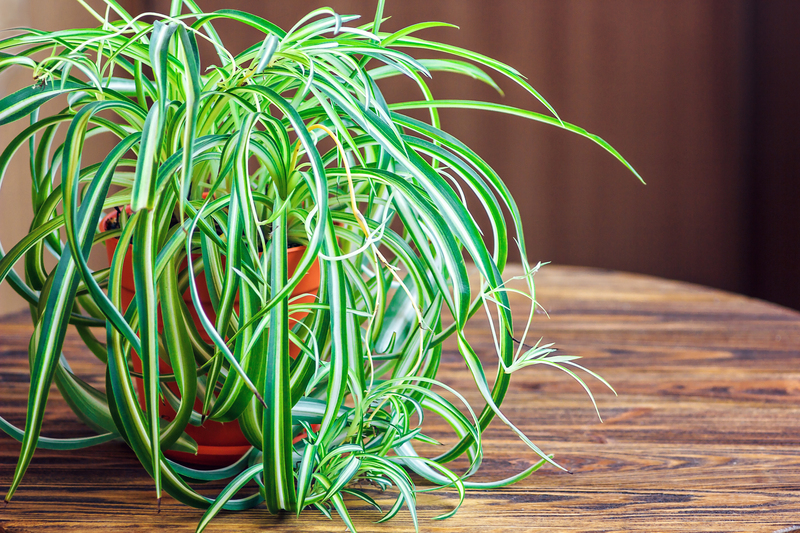 Why You Should Aerate Your Lawn
Why You Should Aerate Your Lawn A lush, green lawn is a cornerstone of a beautiful yard, but maintaining it requires more than simple watering and mowing. One critical step often overlooked is lawn aeration.
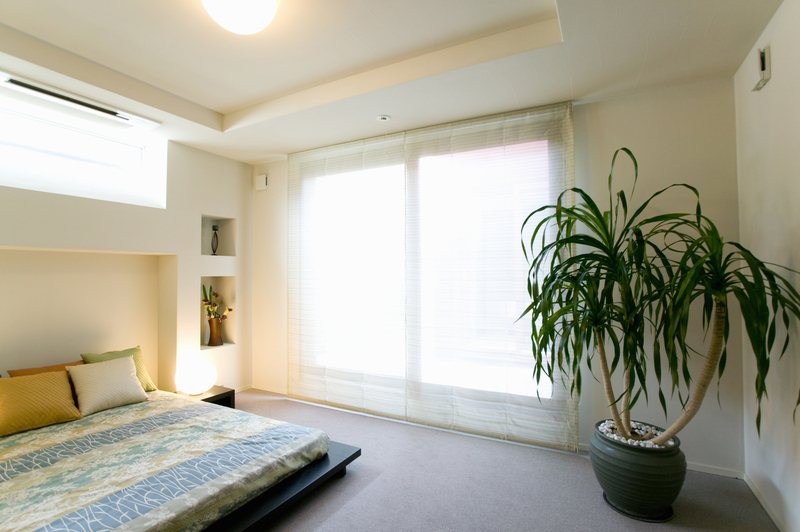 Creating a Pollinator-Friendly Garden Space
Creating a Pollinator-Friendly Garden Space Gardening has long been a favorite pastime for many, offering beauty, tranquility, and a sense of accomplishment. However, in recent years, more attention has been drawn to the environmental impact of our gardens.
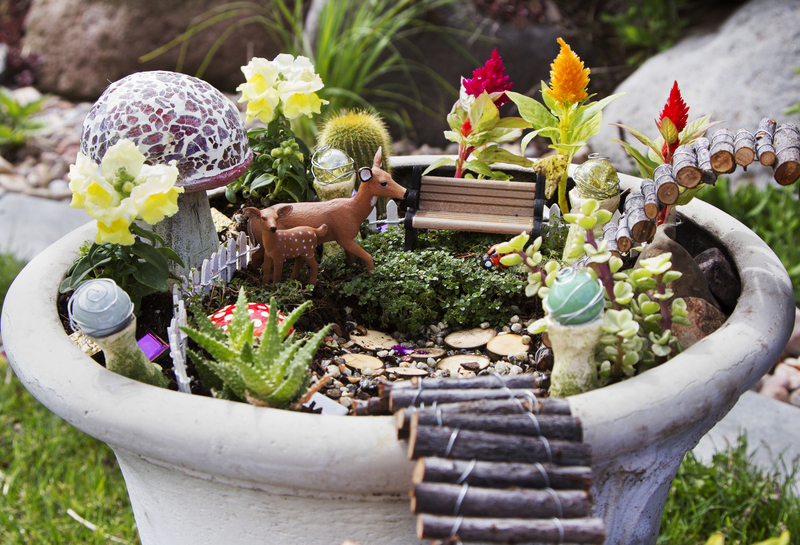 Managing Your Lawn After Heavy Rainfall
Managing Your Lawn After Heavy Rainfall Heavy rainfall can impact your lawn in various ways, from flooding and soil erosion to nutrient depletion and fungal growth. Managing your lawn after a downpour requires specific steps to ensure its health and longevity.
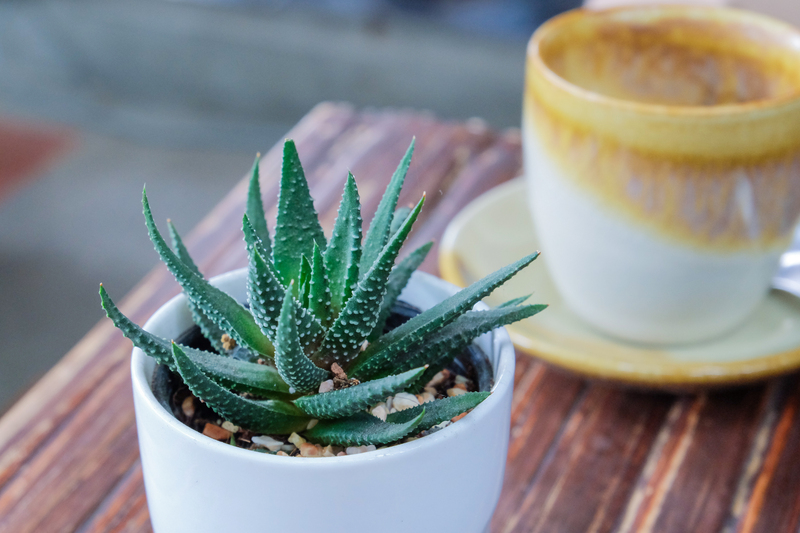 What Are Broadleaf Weeds?
What Are Broadleaf Weeds? Broadleaf weeds encompass a diverse category of undesirable plants that can hamper the health and visual appeal of lawns, gardens, and agricultural fields.
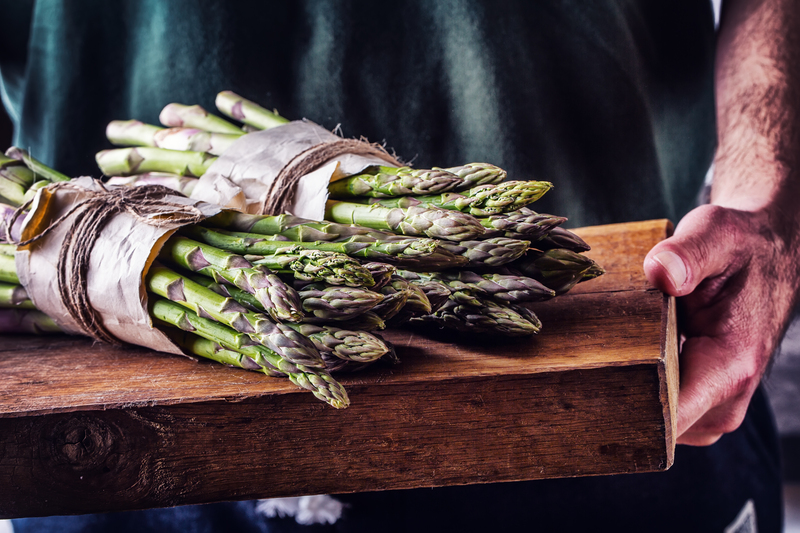 Optimal Moments for Fertilization Prep
Optimal Moments for Fertilization Prep Fertilization is a critical component in agriculture and horticulture, playing an instrumental role in achieving robust plant growth and high yield.
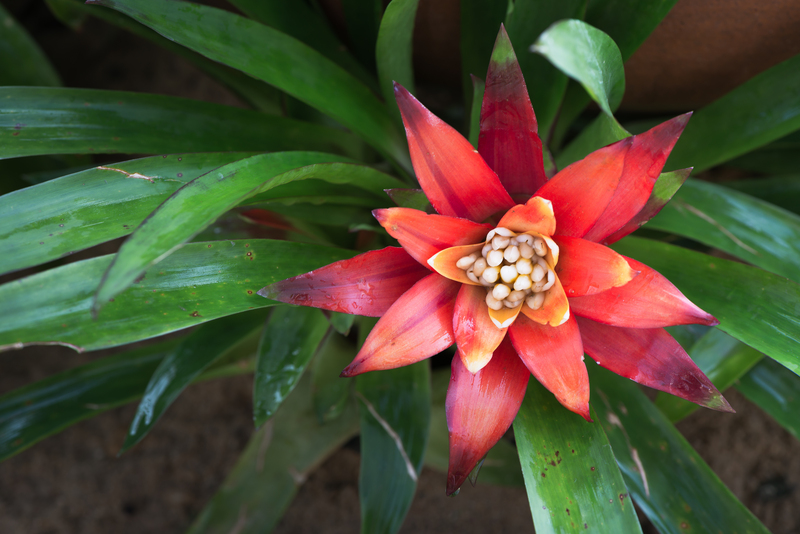 Designing a Gorgeous Sensory Sanctuary
Designing a Gorgeous Sensory Sanctuary Creating a sanctuary that indulges all your senses can have dramatic effects on your well-being and overall health.
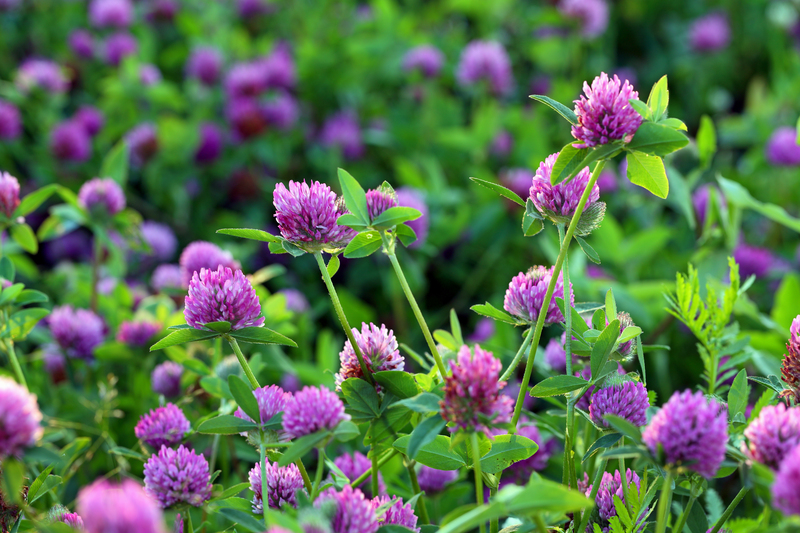 Cottage Gardens: A Classic English Tradition
Cottage Gardens: A Classic English Tradition Cottage gardens represent a quintessential element of English gardening tradition, evoking timeless elegance and natural beauty.
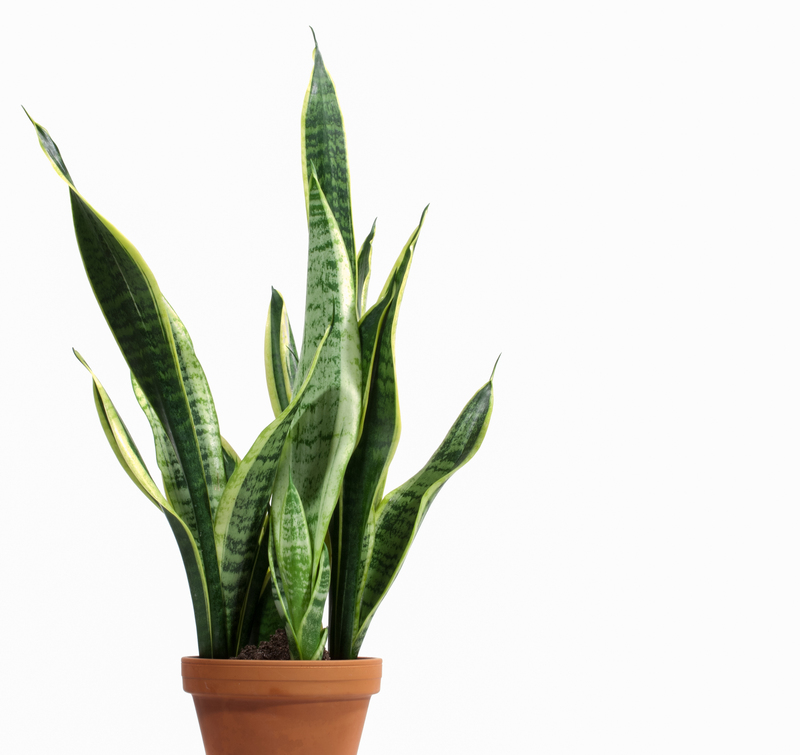 Recognizing Lawn Heat Stress Symptoms
Recognizing Lawn Heat Stress Symptoms Maintaining a lush, green lawn is a source of pride for homeowners, but achieving this goal becomes more challenging during the hot summer months.
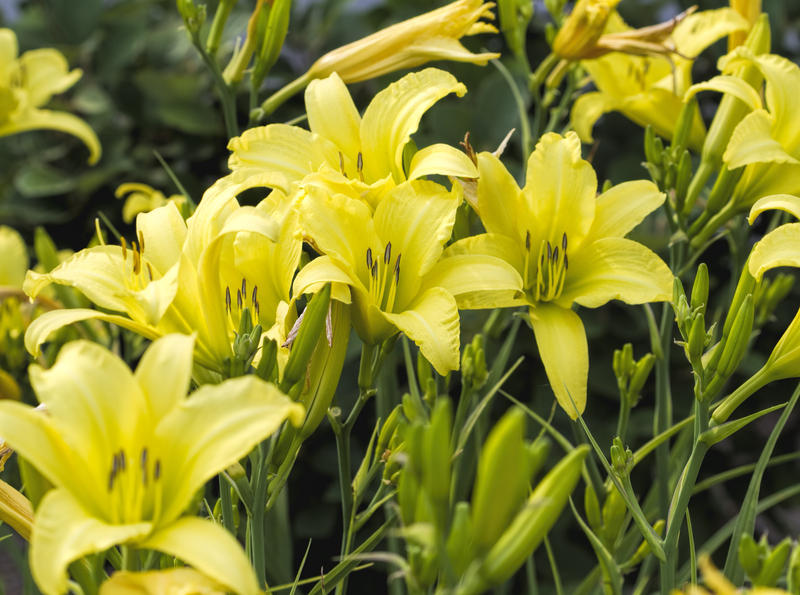 UK Gardening: Grow These Tropical Plants
UK Gardening: Grow These Tropical Plants Gardening enthusiasts in the UK often face a unique set of challenges due to the country's temperate climate.
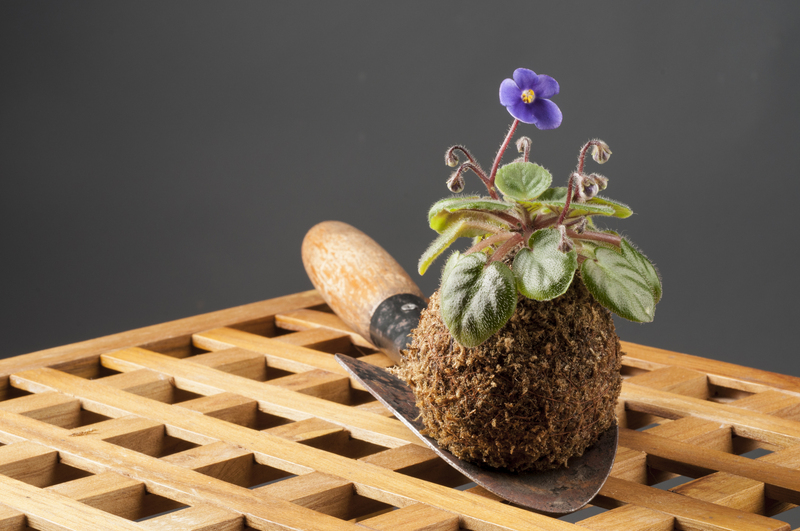 Garden Storm Damage: Key Facts
Garden Storm Damage: Key Facts Storms can wreak havoc on gardens, leaving behind a trail of destruction that can take weeks, if not months, to rectify. From uprooted trees to inundated flower beds, the damage can be extensive and disheartening.
 How to Keep Garden Rodents Away: 10 Tips
How to Keep Garden Rodents Away: 10 Tips Garden rodents such as rats, mice, moles, and squirrels can wreak havoc in your beautiful garden. They not only damage your plants but also spread diseases.